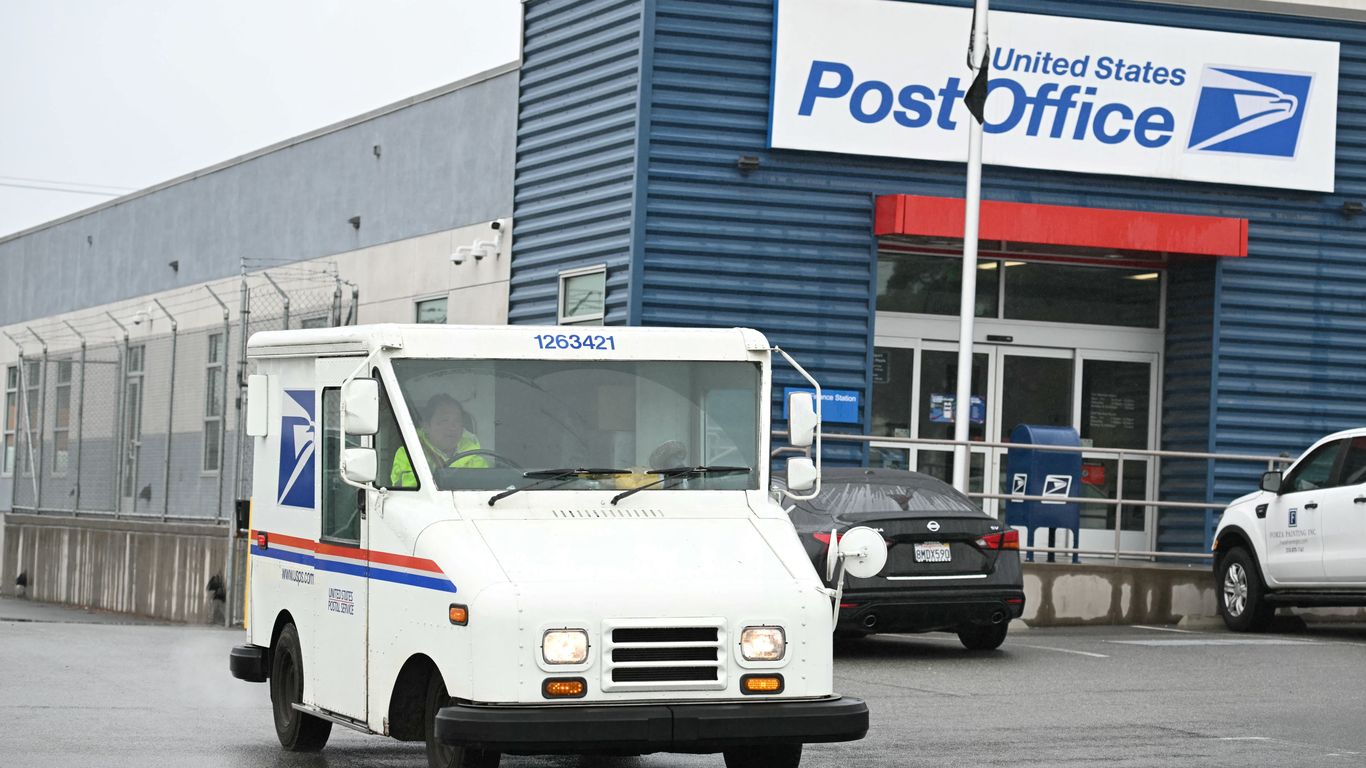
The United States Postal Service: A Looming Crisis and the Search for Solutions
The United States Postal Service (USPS), a cornerstone of American infrastructure and a vital link connecting communities across the nation, is facing a profound financial crisis. Years of declining mail volume, coupled with rising operational costs and outdated infrastructure, have pushed the agency to the brink. The sheer scale of the challenge is daunting, demanding immediate and innovative solutions to prevent a complete collapse.
Postmaster General Louis DeJoy has recently outlined a drastic restructuring plan aimed at restoring the USPS’s financial stability. This plan involves a significant workforce reduction, targeting approximately 10,000 positions, and a multi-billion dollar budget cut. While such drastic measures might seem harsh, they are presented as necessary steps to prevent further deterioration and ensure the long-term viability of the service.
The proposed cuts aren’t simply about reducing payroll. They represent a fundamental shift in how the USPS operates, acknowledging the changing landscape of communication and the dramatic decrease in traditional mail usage. In the digital age, email, text messages, and online services have largely replaced the physical letter, impacting the core business model of the postal service.
The workforce reduction will likely involve streamlining operations, eliminating redundant roles, and consolidating facilities. The hope is to increase efficiency and reduce operational costs without significantly impacting service delivery to customers. However, concerns remain about the potential impact on service quality and the livelihoods of postal workers. A well-structured transition plan, focusing on retraining and relocation, is crucial to mitigate the negative consequences of job losses.
The proposed budget cuts encompass a range of measures, from renegotiating contracts with suppliers to investing in more fuel-efficient vehicles. Modernizing the USPS’s aging infrastructure, including its sorting and delivery systems, is a key aspect of this plan. This modernization will involve leveraging technology to optimize routes, improve tracking accuracy, and ultimately enhance efficiency. The aim is not only to cut costs but also to improve the overall customer experience.
The USPS faces an uphill battle. The sheer size and complexity of the organization present significant challenges in implementing these sweeping changes. Successful restructuring requires meticulous planning, strong leadership, and the active cooperation of all stakeholders – from postal workers and unions to lawmakers and the public. Transparency and effective communication are paramount to maintaining public trust and ensuring a smooth transition.
The future of the USPS is far from certain. While the proposed changes are ambitious and potentially risky, they represent a necessary step towards a more sustainable and efficient organization. Failure to address the ongoing financial crisis could have devastating consequences, impacting not only the agency itself but also the countless individuals and businesses that rely on its services. The success of this restructuring will depend on a delicate balance between fiscal responsibility, service quality, and the well-being of the postal workforce. Only time will tell whether these bold measures will ultimately save the USPS from its current predicament.



Leave a Reply